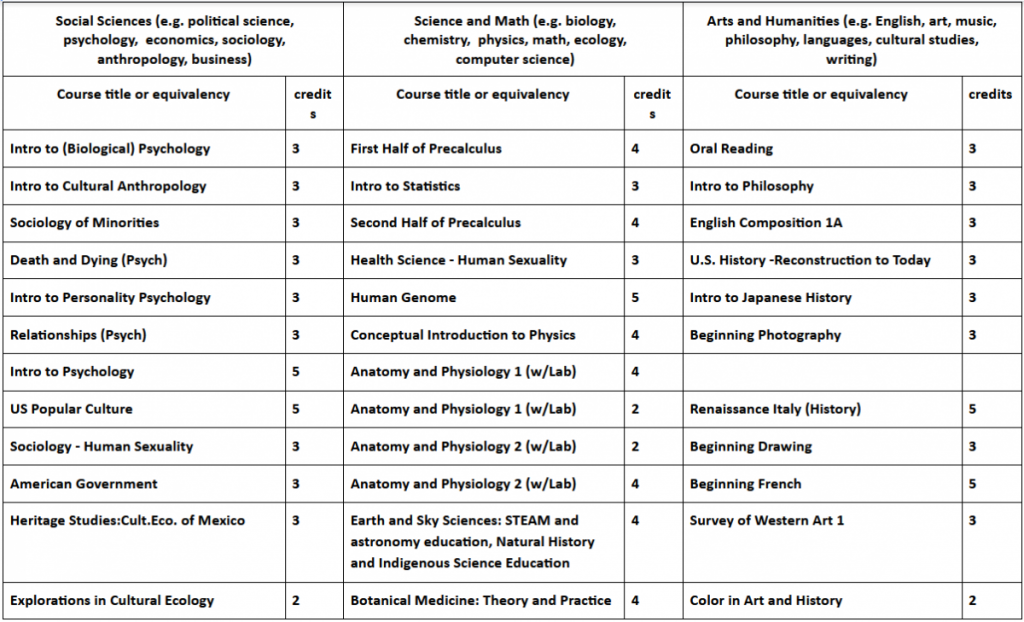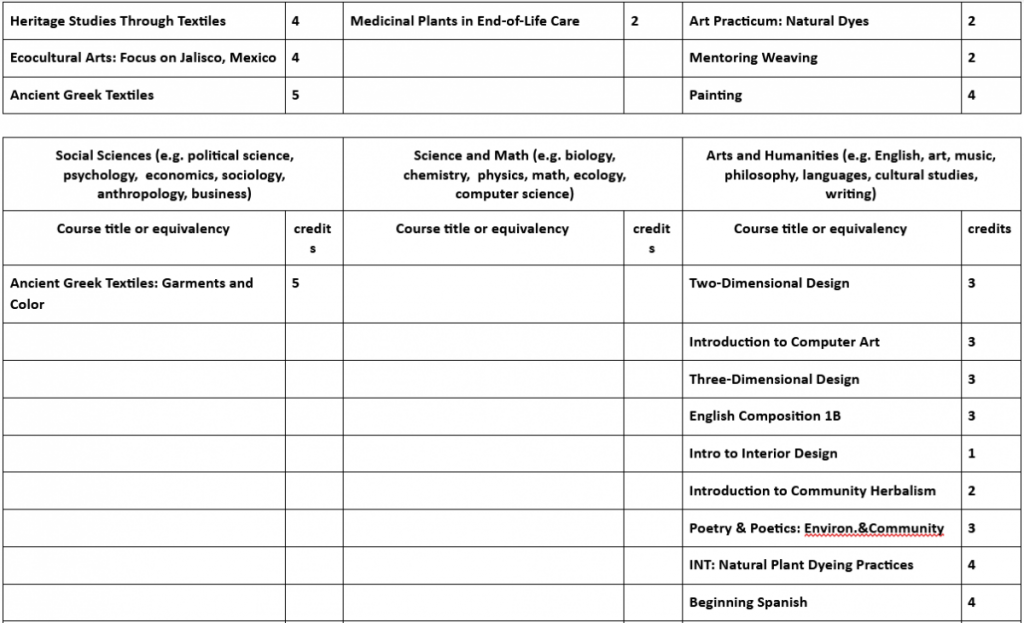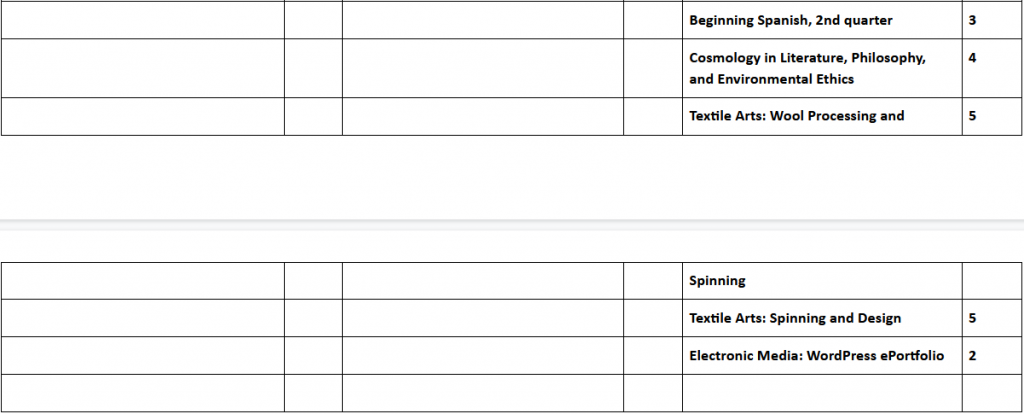I still had tension issues this week. As I mentioned in the previous week’s post, the tension would work itself out whenever I advanced the warp. What I forgot to mention is that sometimes advancing the warp would bring back the tension issues. When this happened, there wasn’t much I could do to fix the problem until I wove enough to advance the warp again; as you may imagine, this slowed down my progress a bit.

Times like this makes me wish I was surrounded by more people who know how to weave. While I admit that I’m quite good at the craft, the fact of the matter is that I’m still a beginner. This is only the sixth time I’ve woven anything and the first time ever ever used a floor loom, and this project is by the largest thing I’ve woven by a long shot. When something goes wrong, I can consult books for very general advice, but I don’t have many people I can turn to for advice or suggestions on how I could do better next time. I have one good friend who has been weaving for much longer than me and luckily I was able to send her photos of what was going on with my weft. But, I like having multiple sources for information. I feel that it’s somewhat similar to writing a research paper; I wouldn’t use only one source for information and part of that is because multiple perspectives are helpful in understanding a topic. Having multiple perspectives on my tension problem may have helped me to figure out a better solution that just advancing the front beam.
The more I work on my chiton, the more I’m convinced that fiber crafts are truly a group activity. Earlier in the year, I read in the book Women’s Work: The First 20,000 Years by E.J.W. Barber that part of the reason spinning and weaving were considered so-called “women’s” work is that you don’t need to be paying 100% of your attention on what you’re doing, and that it’s easy to suddenly stop if necessary. Both of these factors are useful if you were watching children or cooking family meals at the same time, which were also considered “women’s” work. In ancient Greece, all women in the household would have participated in fiber-related activities ; hence I think it’s safe to assume that spinning and weaving were in essence group activities, and I imagine this scenario can be found in many cultures. And I feel even safer assuming that women didn’t spin and weave in silence. They probably chatted, gossiped, vented – the things we do when we’re with a group of close friends today.
All of these months of spinning and weaving alone have been difficult. It’s hard to do a lot in one sitting when all you have for company is your own thoughts. Repetitive tasks are always go buy faster if you’re doing something else, especially if the other task is enjoyable. I’ve listened to various podcasts, trying to find one that I can lose my mind in while I work. I started with My Favorite Murder, which worked for a while but increasingly the first 30-45 minutes would be the two hosts doing small talk. I hate small talk. So I tried one I used to listen to, Welcome to Nightvale, but I found I kept losing track of the story whenever I need to focus more on the task at hand. I tried some academic podcasts about folklore and mythology, but it didn’t really engage my mind enough; if anything, it felt like time slowed down. The one that has worked the best was Random Number Generator Horror Podcast No. Nine, which is hosted by two friends: one who loves horror and one who is quite squeamish. They pick a horror movie each week and talk about it. I like horror, but I’m easily scared so I related to both hosts, and I find myself sometimes making comments about something they said. It’s like having two friends in the room with me to keep me company while I spin and weave. This is the main reason why I feel that fiber arts are best as a group activity.
I also started working on my Academic Statement this week. I’ve been dreading this, I have to admit. I’m supposed to discuss 15 years of college in 750 words or less. It feels impossible. I started off by taking one of the academic advisor’s advice and sorting all of my classes and credits into categories: social sciences, math and physical sciences, and arts and humanities. This…sort of helped. I have most of my credits in arts and humanities, but there’s a good amount of the other two categories on my transcript as well. I decided to freewrite about the Academic Statement (which I published as a post on here) and type whatever thoughts and feelings I had about my undergraduate career. It turns out I have a lot and the freewrite helped to make connections among my various experiences.


